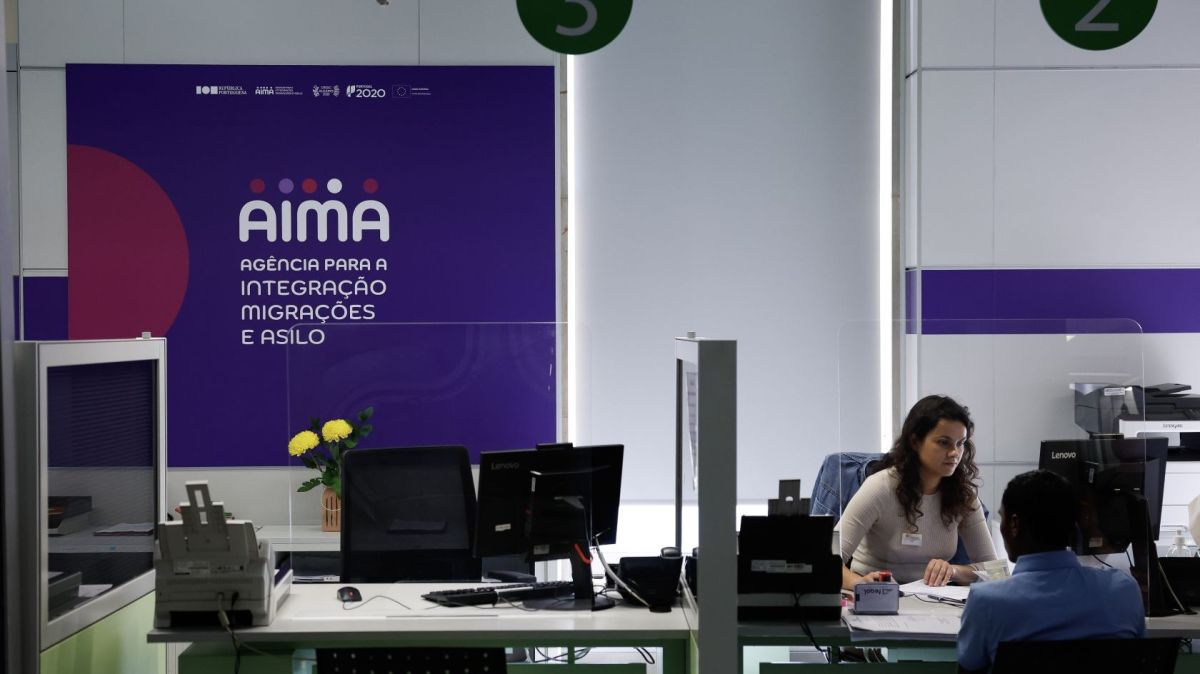“The conclusion we have come to is that IP has more or less commissioned studies tailored by the Government to benefit certain districts of the Alentejo over others and regional and national interests” said Claudino Matos from the Alentejo Platform secretariat after a meeting with a vice president and technicians of the company.
Claudino Matos accused IP of being “basically with its back to the Alentejo” and “ignoring contributions from civil society” also to the platforms proposal for the road and rail accessibility “indispensable for the harmonious development” of the region.
At the rail network level, Claudino Matos accused IP of “shielding itself from the fact that such a large investment has already been approved and is being implemented by the Government” in the constructions of the Sines-Caia freight rail line to “neglect other complementary investments that the Alentejo Platform considers to be equally necessary and should be planned to be executed in the medium long term.”
The official noted that the Alentejo Platform argues that the Sines-Caia connection passes through Beja “benefiting” the existing unconventional double-track rail operation between Sines - Ermidas - Ourique / Funcheira and between Beja-Casa Branca / Évora-Elvas / Caia – Portalegre – Abrantes and with freight terminals in Vendas Novas, Évora and Estremoz area.
“Apparently there are talks between IP and the Central Alentejo Intermunicipal Community” (CIMAC) which covers the district of Évora “to assess the economic viability of freight terminals between Évora and Caia” he said.
According to Claudino Matos the platform “regrets that IP considers only the CIMAC for conversations and not all intermunicipal communities and also other entities throughout the Alentejo region as the platform considers in terms of accessibilty”
Thus he lamented “IP is doing a biased study regarding the region and what the platforms objectives are and that it does not consider all the investments already made in Alentejo, ignoring for example Beja airport and investments in agriculture in Alqueva.”
Regarding the electrification of the Beja – Casa Branca railway section of the Alentejo Line, an investment that the platform considers a “priority” Claudino Matos said he left the meeting with the information that the Government “will do the various studies” necessary to be able to move forward and “with the idea that at best it should be completed within five to six years.”
At the road network level, about the reopening of the long completed A26 section between the A2 Grândola Sul node and Santa Margarida do Sado in Ferreira do Alentejo municipality, Beja district, Claudino Matos said the information provided by IP “were not very clear” and “there is a push of responsibility” between various entities for the problem that is preventing reopening and for which there is no scheduled date.
The Alentejo Platform was created in 2018 by several people including leaders of business organizatioins, public and private entities and citizens movements and “civically committed” citizens to require the Government to carry out projects in the areas of accessibility and road and rail transport which they consider fundamental for the sustainable development of the Alentejo.









